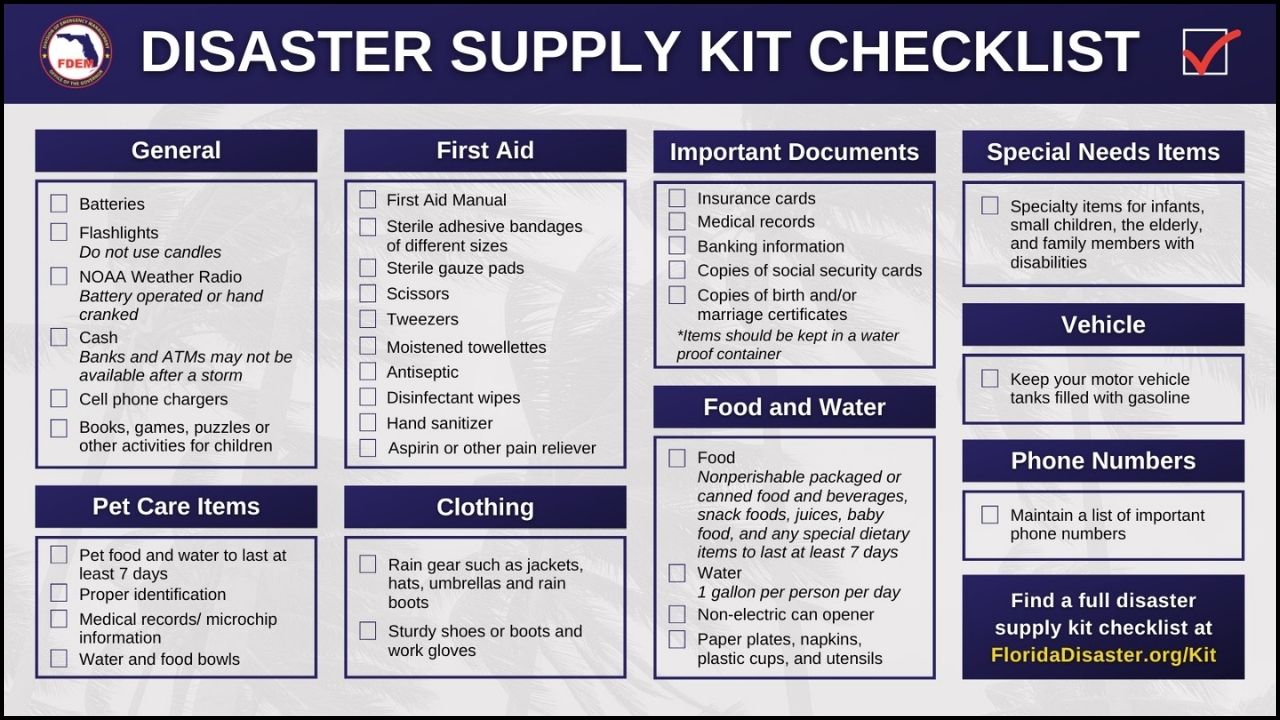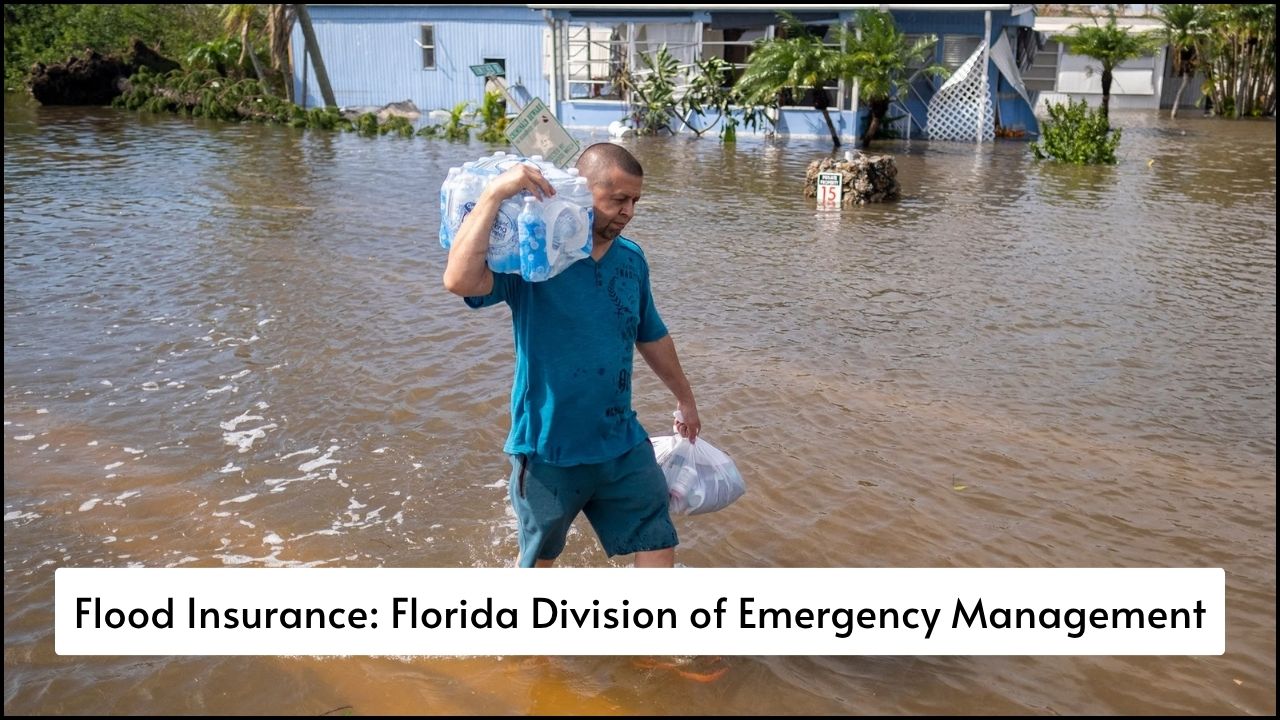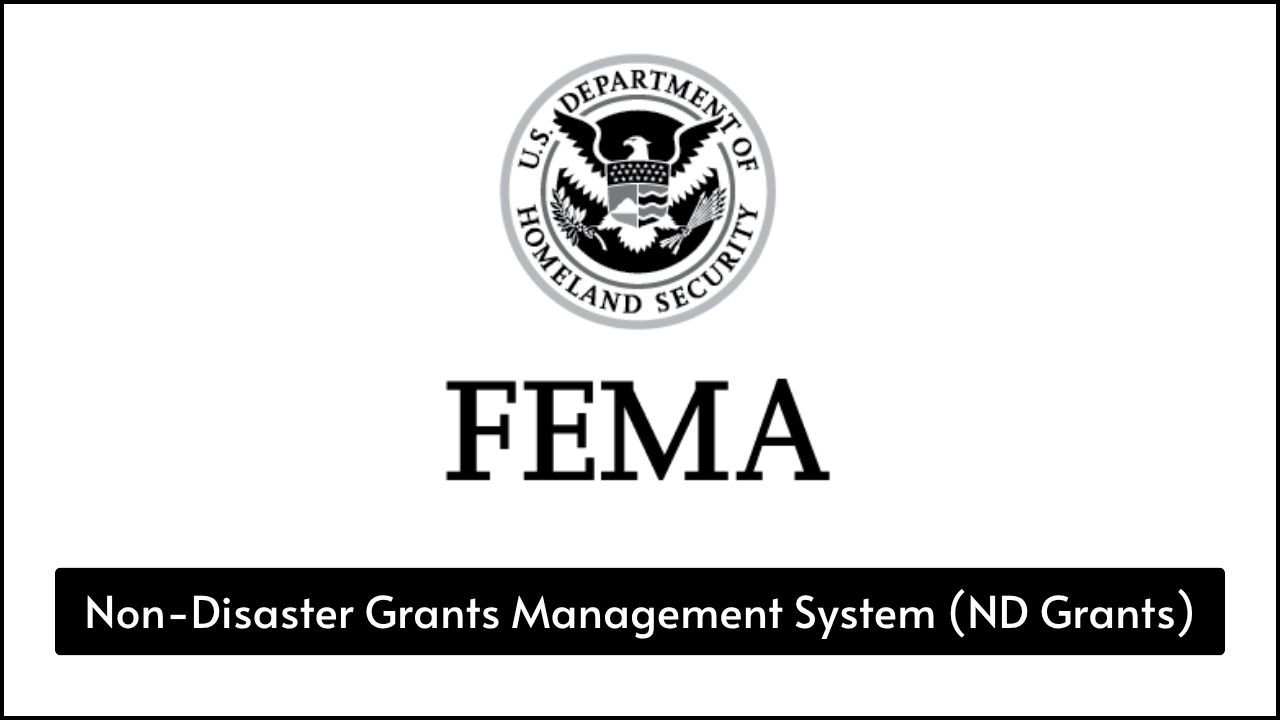
The Emergency Food and Shelter Program (EFSP) helps people who are homeless or at risk of homelessness and hunger. This national program is funded by FEMA and started under the McKinney-Vento Homeless Assistance Act of 1987. EFSP works with local nonprofit and government agencies to provide food, shelter, and support to people during tough times. It focuses on helping people with basic needs in non-disaster situations and gives extra support to families and individuals facing emergencies at the hands of the Department of Homeland Security (DHS).
Table of Contents
Main Features of EFSP
- National Board Oversight
- EFSP is managed by a National Board.
- This board is the only body allowed to receive and distribute EFSP funds.
- It sets policies, rules, and guidelines for how money is used.
- Local-Level Support
- Funds are given to local boards in cities and counties.
- These local boards give grants to organizations that help people in their communities.
- Focus on Non-Disaster Needs
- EFSP helps during non-disaster emergencies.
- Services include food, shelter, rent help, utility payments, and transportation for those services.
EFSP Services in the Community
EFSP funds are used for these core services:
- Food
- Free meals for the hungry.
- Grocery items for families in need.
- Shelter
- Lodging in group shelters.
- Hotel stays when shelter space is full.
- Rent or Mortgage Help
- Payments to stop evictions.
- Help with late home loan payments.
- Utility Assistance
- Help to stop power, gas, or water cut-offs.
- Support for heating or cooling bills.
- Transportation
- Rides to shelters or food locations.
- Fuel cards or bus passes for travel to services.
- Essential Supplies
- Beds, blankets, kitchen items, and hygiene kits.
- Cooking equipment for shelters or food banks.
Main EFSP Service Areas
| Service Type | Description |
|---|---|
| Meals and Groceries | Served food or grocery bags to hungry people |
| Emergency Lodging | Shelter in group homes or hotel rooms |
| Rent/Mortgage Help | Financial aid to stop evictions or foreclosures |
| Utility Support | Payments to stop utility shut-offs |
| Transportation Aid | Help with travel for food and shelter services |
| Supplies | Equipment and materials for shelter or food programs |
Funding Allocation Process
- Step 1: The National Board reviews data on poverty, unemployment, and population.
- Step 2: Funding is given to jurisdictions (cities and counties) that qualify.
- Step 3: Local boards advertise available funding in their areas.
- Step 4: Local nonprofits or service providers apply for grants.
- Step 5: Local boards choose organizations and give them the funding.
EFSP Support for DHS-Encountered Individuals
Starting in 2019, Congress approved special funds for helping families and individuals encountered by the Department of Homeland Security (DHS). These funds are called EFSP-H (EFSP-Humanitarian). They are used for emergency food, shelter, and other help during sudden arrivals at the southern U.S. border.
EFSP-H Funding by Year
| Fiscal Year | Congressional Act | Funding Total |
|---|---|---|
| 2019 | Emergency Supplemental Appropriations for Humanitarian Assistance | $30 million |
| 2021 | American Rescue Plan Act | $110 million |
| 2022 | Department of Homeland Security Appropriations Act, 2022 | $150 million |
| 2023 | Department of Homeland Security Appropriations Act, 2023 | $425 million |
Benefits of EFSP
- Quick Local Help: Services are provided by local agencies that know the community best.
- Flexibility in Services: Funds can be used in different ways to meet specific local needs.
- No Need for Disaster Declaration: EFSP funds help people in regular emergencies, not just disasters.
- Community Involvement: Local boards include nonprofits, faith-based groups, and government representatives.
How EFSP Helps Vulnerable Populations
- Single Parents: Receive food and help with rent to stay in stable housing.
- Elderly Individuals: Get grocery support and help paying for heating or electricity.
- Unemployed Workers: Get food and shelter support while looking for new jobs.
- Homeless Individuals: Gain access to temporary housing and hygiene facilities.
- Refugees and Migrants: Receive emergency support at the border through EFSP-H funding.
Who Can Benefit from EFSP
| Group | Type of Assistance Available |
|---|---|
| Homeless People | Temporary lodging, meals, hygiene kits |
| Families in Crisis | Rent, mortgage, utility, and food assistance |
| Unemployed Persons | Meals, grocery support, help with bills |
| Border Arrivals | Shelter and humanitarian aid through EFSP-H |
| Senior Citizens | Heating or cooling bill support, grocery cards |
Future Goals of EFSP
- Better Data Use: Continue to use up-to-date population and unemployment data to guide fund distribution.
- Expanded Partnerships: Work with more community organizations for wider service coverage.
- Faster Grant Awards: Streamline the application and review process for local agencies.
- More Outreach: Inform the public and service providers about available help through better community advertising.
The Bottom Line
The Emergency Food and Shelter Program plays a key role in helping Americans through hard times. From feeding the hungry to keeping families in their homes, EFSP fills an important gap for people not covered by disaster assistance. With support from FEMA and local organizations, this program brings real relief to communities across the country. By providing flexible, fast, and local help, EFSP continues to improve the lives of many people who face hunger or homelessness.





